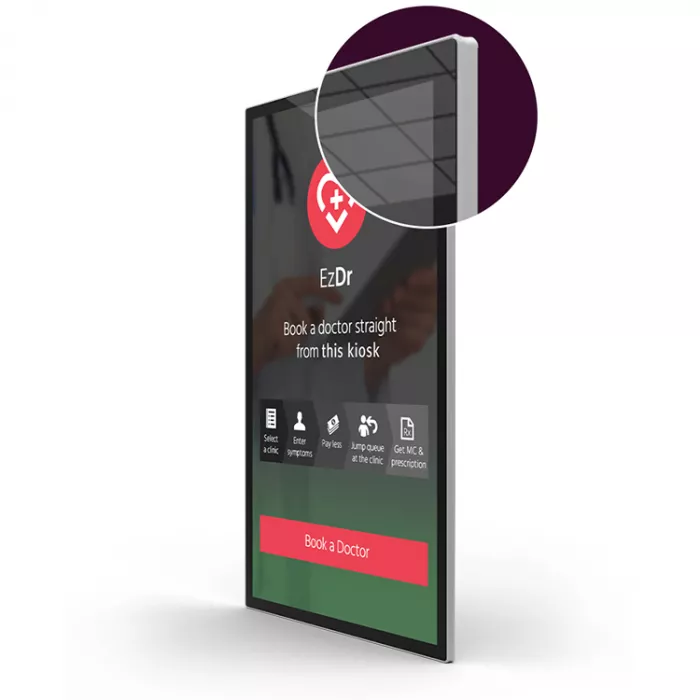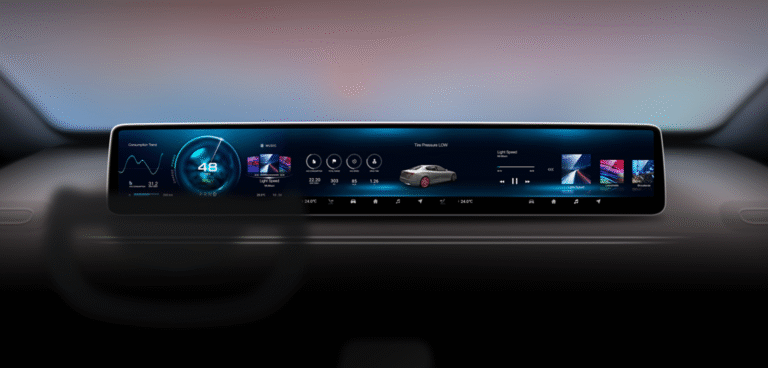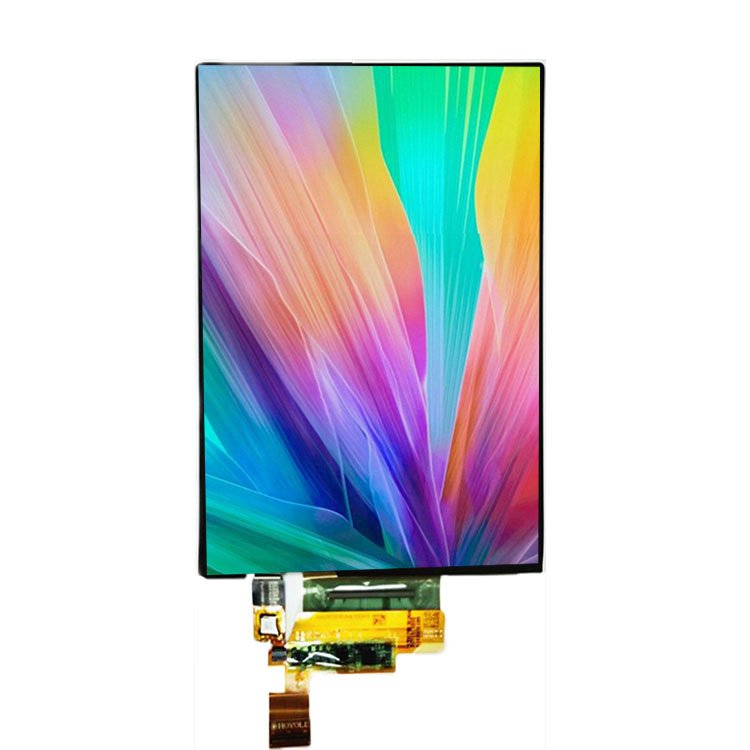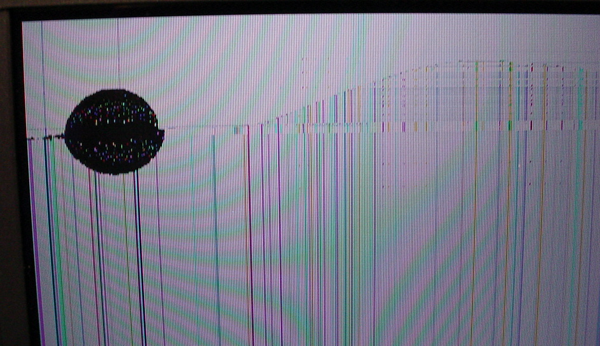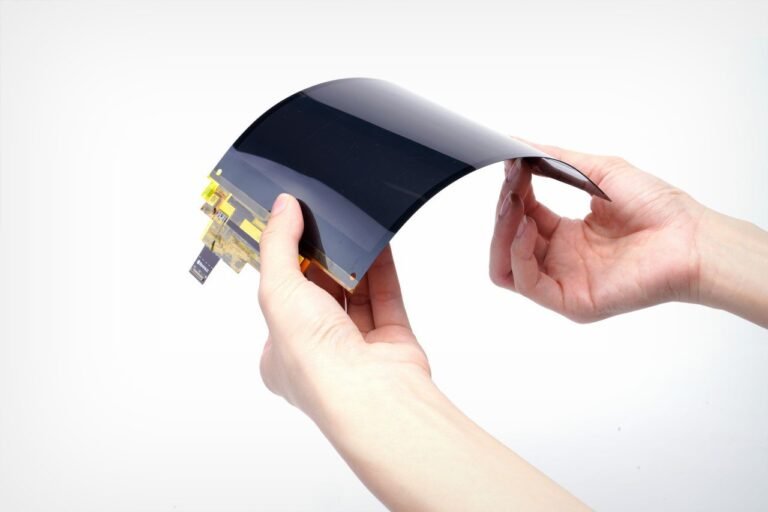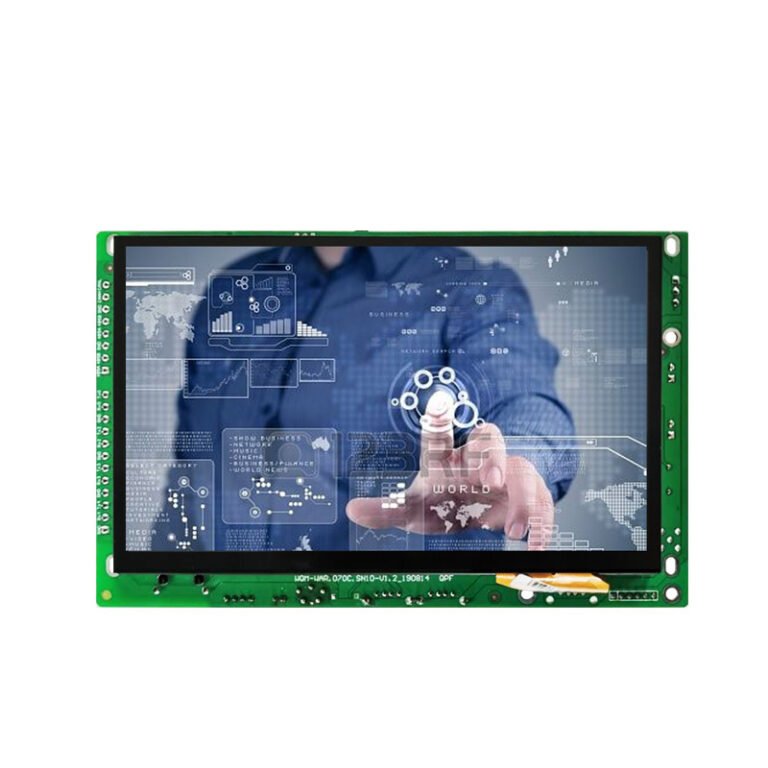1. TFT LCD란 무엇인가?
TFT LCD(박막 트랜지스터 액정 디스플레이)는 소비자 및 산업용 전자 기기 시장에서 산업 표준으로 자리 잡은 LCD 기술의 한 종류입니다. 능동 매트릭스 방식의 박막 트랜지스터를 활용하여 화질과 응답 속도를 향상시킵니다. 일반적인 LCD 대비 TFT를 비교할 때, TFT는 기존 수동 매트릭스 LCD보다 더 진보된 버전임을 기억해야 합니다.
K주요 장점:
- 선명한 화질과 빠른 응답 속도
- 가격 대비 성능 우수 및 폭넓은 보급
- 다양한 응용 분야에서 높은 에너지 효율
한계점:
- 제한된 시야각—측면에서 조회 시 색상 변이 발생
- 백라이트 의존으로 인한 어두운 장면에서의 낮은 명암비
일반적인 용도:
- 스마트폰
- 텔레비전
- 산업용 모니터
- 차량 대시보드 디스플레이
2. OLED란 무엇인가?
OLED(유기 발광 다이오드)는 백라이트가 필요 없다는 점에서 LCD와 차별화되는 디스플레이 기술입니다. 각 픽셀이 자체 발광하므로 탁월한 화질과 초슬림 폼 팩터 구현이 가능합니다. TFT 대 OLED 비교 시 화질 성능에서는 OLED가 우수하지만 제조 단가가 더 높습니다.
주요 장점:
- 진정한 블랙 구현—픽셀 완전 소등 가능
- 탁월한 명암비와 색상 정확도
- 색상 변이 없는 광시야각
- 초슬림 디자인
한계점:
- 높은 제조 단가
- 정적 콘텐츠 장기 노출 시 번인 현상 위험
일반적인 용도:
- 고급형 스마트폰
- 프리미엄 텔레비전
- 웨어러블 기기
- AR/VR 디스플레이
카탈로그에는 수천 개의 제품이 있습니다.
LCD-TFT, OLED 그래픽 및 영숫자 디스플레이, LCM, 전자 종이 디스플레이, 바코드 스캐너(내장형, 핸드헬드, 고정 마운트), 산업용 모니터, 산업용 컴퓨터(캐리어 보드, COM 및 SOM, 임베디드 시스템, HMI 패널 컴퓨터, SBC), 정전 용량 및 저항막 터치 스크린, 액세서리(개발 키트, 커넥터, 컨트롤러, FPC/FFC 테이프, ZIF 커넥터) 등 다양한 제품을 만나보세요.
3. LED(LED 백라이트 LCD)란 무엇인가?
대부분의 경우 "LED"는 오해의 소지가 있으나, 실제로는 LED 백라이트 방식 LCD를 지칭합니다. 이 디스플레이는 기존 LCD 매트릭스 후면에 LED를 백라이트 광원으로 활용합니다. TFT vs OLED vs LCD 논의에서 LED는 일반적으로 LCD 범주에 속하지만 향상된 밝기 특성을 가집니다.
주요 장점:
- 기존 CCFL 백라이트 LCD 대비 더 높은 밝기
- 더 얇은 두께와 향상된 에너지 효율
- 비용 대비 만족스러운 성능
한계점:
- 백라이트 의존적 구조로 인한 제한적인 블랙 표현
- 패널 품질에 따른 색정확도 및 명암비 편차
일반적인 용도:
- 보급형 텔레비전
- 컴퓨터 모니터
- 디지털 사이니지
- 노트북
| 기능 | TFT LCD | OLED | LED (백라이트 LCD) |
|---|---|---|---|
| 화질 | 중간 수준 명암비, 양호한 색재현력 | 높은 명암비, 진정한 블랙 구현 | 높은 밝기, 중간 수준 명암비 |
| 밝기 | 양호함 (백라이트 성능 의존) | 우수함 (자체 발광 픽셀) | LED 백라이트 기반 높은 밝기 |
| 시야각 | 제한적 (각도에 따른 색상 변화) | 광활함 (색상 왜곡 없음) | TFT보다 우수, OLED보다 미흡 |
| 두께 | 두꺼움 (백라이트 장치 필요) | 매우 얇음 (백라이트 불필요) | 얇음 (백라이트 구성에 따라 다름) |
| 비용 | 경제적인 가격 | 비싸다 | 예산 친화적 |
| 전력 효율성 | 보통 | 매우 높은 효율 | 효율적이지만 OLED보다 낮은 수준 |
| 애플리케이션 | 스마트 기기, 모니터, 의료 장비 | 휴대폰, TV, 웨어러블 기기 | TV, 모니터, 디지털 사이니지 |
결론: TFT vs OLED vs LCD 중 어떤 것을 선택해야 할까?
TFT LCD와 LCD(OLED 및 LED 백라이트 유형 포함)를 광범위하게 비교할 때, 최적의 선택은 사용자의 우선순위에 따라 달라집니다:
- TFT LCD 선택 경제성과 성능의 균형이 필요한 경우, 특히 산업용 디스플레이 또는 사용 빈도가 높은 기기에 적합합니다.
- OLED 선택 비용보다 우수한 명암비, 완벽한 블랙, 그리고 세련된 디자인이 더 중요한 경우.
- LED 백라이트 LCD 선택 예산 내에서 높은 밝기와 에너지 효율성이 요구되는 경우.
궁극적으로 TFT, OLED, LCD의 장단점을 이해하면 더 스마트한 제품 개발 또는 구매 결정을 내리는 데 도움이 됩니다.
FAQ: TFT vs OLED vs LCD에 관한 자주 묻는 질문
Q1: OLED가 LCD보다 좋은가요?
A: 네, 특히 화질 측면에서 그렇습니다. OLED는 더 깊은 블랙과 더 나은 명암비를 제공합니다. 그러나 특정 적용 분야에서는 TFT LCD가 더 비용 효율적이고 내구성이 뛰어납니다.
Q2: LED와 OLED는 같은 것인가요?
A: 아닙니다. LED는 일반적으로 LED 백라이트를 사용하는 LCD 스크린을 지칭하는 반면, OLED는 자체 발광 픽셀 기술입니다.
Q3: OLED는 왜 번인(Burn-in) 현상이 발생하나요?
A: 정적 이미지가 너무 오래 유지되면 OLED 픽셀이 열화될 수 있습니다. 최신 기기들은 이 문제를 완화하기 위한 기능들을 도입하고 있습니다.
Q4: TFT LCD는 OLED 수준의 화질을 구현할 수 있나요?
A: 정확히는 아닙니다. IPS 기반 TFT LCD는 크게 개선되었지만, 시각적 성능에서는 여전히 OLED가 앞섭니다.
Q5: 야외 사용에는 어떤 화면이 가장 좋은가요?
A: LED 백라이트 LCD는 일반적으로 더 우수한 밝기를 제공하여 야외 환경에서 사용하기에 이상적입니다.
참고 자료:



